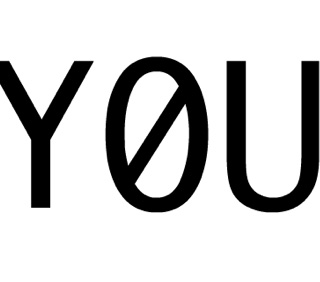Splash art originated in the 1940s in comics, where the term referred to a full page of visuals at the front of a book. Pages were designed to engage the reader's imagination along the lines of the comic's broader concept, while standing independent from the narrative. In the late 1990s, when the widespread use of the application Flash opened up new possibilities for animation and interactive media, the idea of the splash page migrated to web design. Online splash art brought visual excitement to a webpage when low modem speeds made it impractical to post large or moving images amid a site's textual content.
Rhizome introduced splash pages to its web site in 1998 in order to display artwork with greater immediacy....
Rhizome introduced splash pages to its web site in 1998 in order to display artwork with greater immediacy....
Launch Project 
 Bust Down the Door, 2000
Bust Down the Door, 2000
About
Like other works by Seoul-based Young-Hae Chang Heavy Industries, Bust Down the Door is a hard-boiled narrative that uses second-person pronouns to pull the viewer in. Here the violent text pulses forward to a gentle bossa-nova beat. What sets the splash page apart from Young Hae-Chang's other tales is the small blue link to Rhizome in the upper center of the page, which offers an escape from the narrative at any time. The splash page was later adapted in a version independent of Rhizome, Bust Down the Doors!, and updated as Bust Down the Doors Again!
http://www.yhchang.com
http://www.yhchang.com